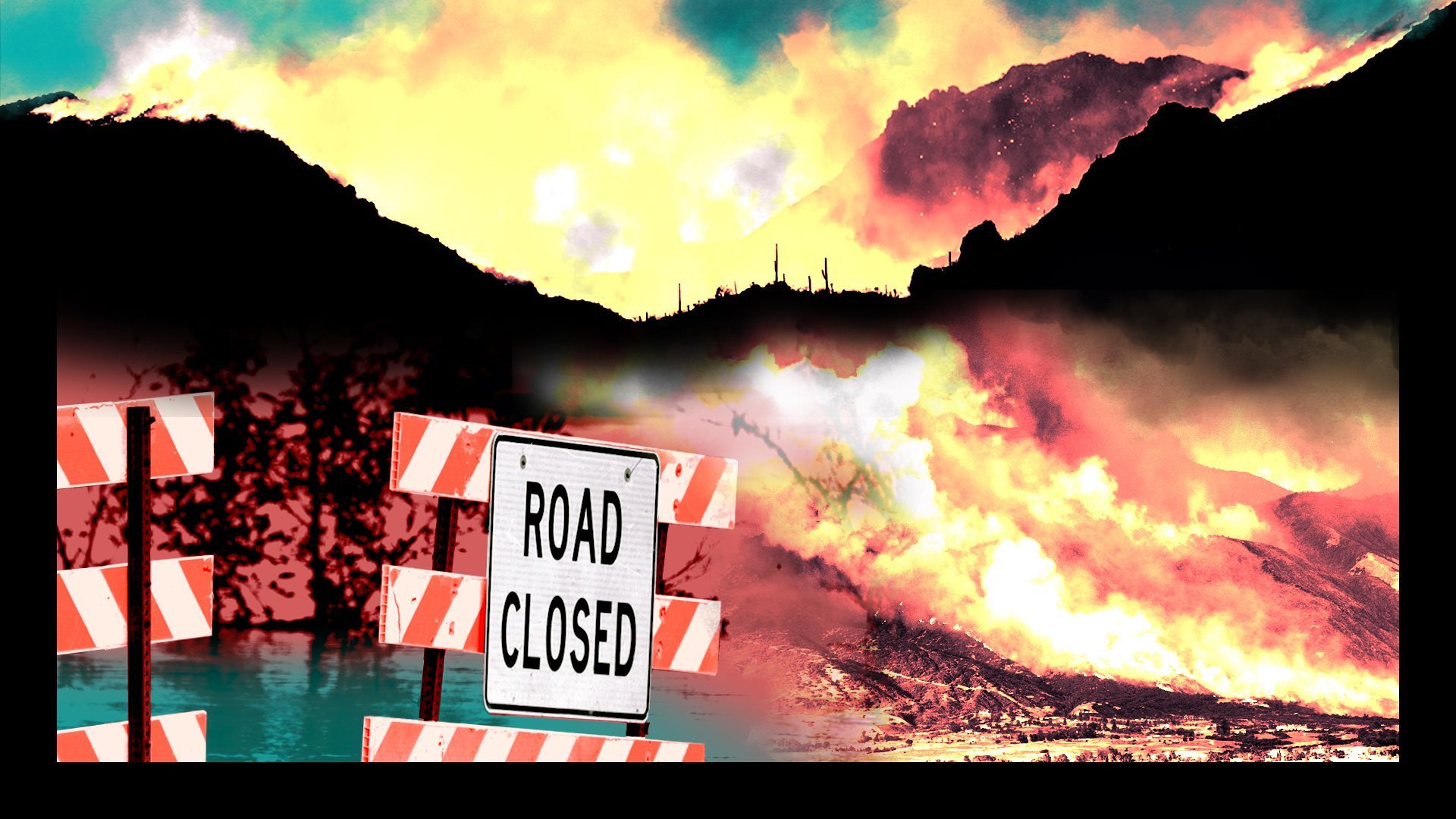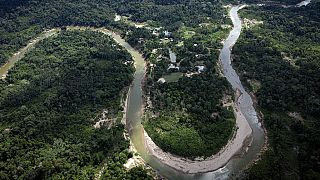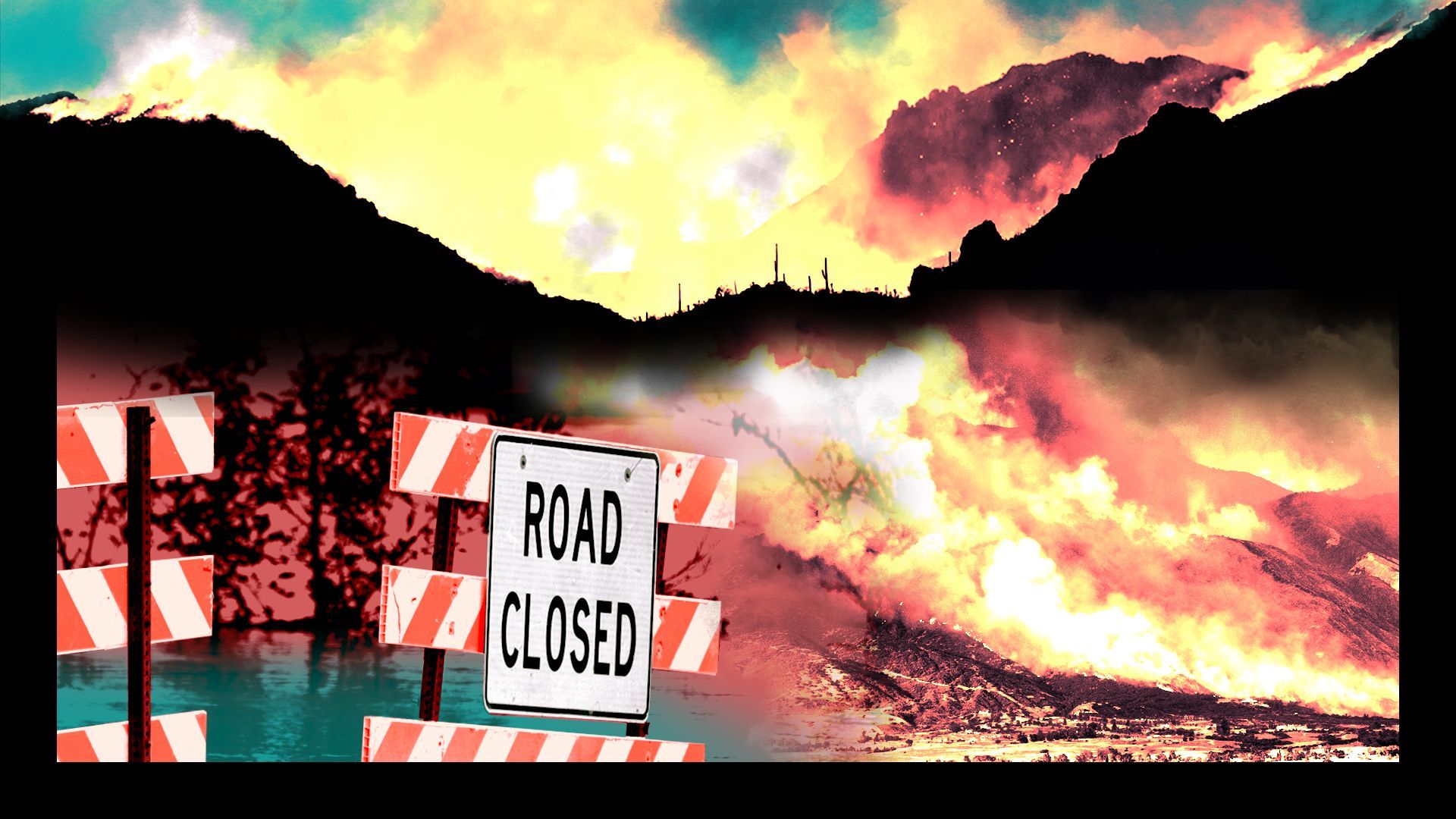Exploring Whidbey Clams: A Citizen Science Approach

Table of Contents
The Importance of Whidbey Clam Populations
Whidbey Island clams play a vital role in the delicate balance of the island's ecosystem. These shellfish are not just a delicious seafood delicacy; they are keystone species, meaning their presence significantly influences the health and diversity of the surrounding environment. Their importance extends beyond ecological roles to include significant economic contributions.
-
Ecological Role: Clams are vital filter feeders, constantly cleaning and purifying the water. They improve water quality, benefiting other marine life and contributing to a healthier ecosystem. They also serve as a crucial food source for various animals, including shorebirds, fish, and even larger marine mammals. A healthy clam population supports a thriving food web.
-
Economic Importance: Whidbey Island's clam populations support local economies through shellfish harvesting and tourism. Commercial and recreational clam digging contribute significantly to local livelihoods, and the overall health of the clam beds attracts visitors, boosting the tourism industry.
-
Threats to Whidbey Clams: Unfortunately, Whidbey Island clams face numerous threats. These include:
- Increased stormwater runoff, carrying pollutants into the water.
- Ocean acidification, making it difficult for clams to build their shells.
- Habitat destruction from development and coastal erosion.
- Pollution from various sources impacting water quality.
How Citizen Scientists Can Contribute to Clam Monitoring
Citizen scientists are essential partners in monitoring Whidbey clam populations. Their participation expands the scope and frequency of data collection, enabling a more comprehensive understanding of clam health and abundance. Several activities allow for meaningful contributions:
-
Beach Surveys: Participating in organized beach surveys involves systematically searching designated areas for clams, recording their presence, and noting any environmental factors (e.g., water quality, signs of pollution).
-
Clam Counts and Species Identification: Learning to identify different clam species is crucial for accurate data collection. Citizen scientists can participate in counts, recording the number and type of clams observed in specific areas.
-
Water Quality Testing: Some citizen science projects include basic water quality testing alongside clam surveys, providing valuable context to observed clam populations.
-
Data Collection Methods and Equipment: Simple equipment might include waterproof data sheets, GPS devices for location accuracy, and possibly basic water quality test kits (depending on the project). Accuracy is paramount; standardized data sheets and user-friendly mobile apps are often provided to ensure consistent data recording. Submitted data is usually uploaded to a central database for analysis, ensuring the data contributes to a wider understanding.
Data Analysis and Results: Understanding the Impact of Citizen Science
The data collected by citizen scientists is invaluable for assessing Whidbey clam populations and their health. This information is analyzed to:
-
Visualize and Map Clam Populations: Data visualization tools create maps showing the distribution and density of clam populations, highlighting areas of high abundance and those requiring attention.
-
Identify Areas of Concern: Analysis helps identify areas experiencing environmental stress or experiencing threats that negatively impact clam populations, allowing for targeted conservation efforts.
-
Track Changes Over Time: Long-term monitoring reveals trends in clam populations, indicating the success or failure of conservation strategies and helping predict future needs.
-
Inform Policy Decisions: Comprehensive data supports informed decision-making by resource managers and policymakers, leading to more effective conservation policies. Citizen science data has already contributed to identifying pollution sources and promoting habitat restoration projects on Whidbey Island.
Getting Involved: How to Participate in Whidbey Clam Citizen Science Projects
Numerous organizations are actively involved in Whidbey clam research and citizen science initiatives. To participate, you can:
-
Contact Local Organizations: [Insert links to relevant organizations' websites here, e.g., local environmental groups, universities with marine biology programs]. These organizations often have websites detailing upcoming volunteer opportunities, training workshops, and contact information for project coordinators.
-
Attend Training Workshops: Many programs provide training on clam identification, data collection techniques, and data submission protocols. These workshops are vital for ensuring data accuracy and consistency.
-
Utilize Online Resources: Look for online resources and educational materials that can help you learn more about Whidbey Island clams and how you can contribute to their conservation.
Conclusion: Become a Citizen Scientist and Protect Whidbey Clams
Citizen science plays a crucial role in monitoring Whidbey clam populations and informing conservation efforts. Accurate data collection by citizen scientists provides valuable insights for managing and protecting these vital marine resources. Your participation helps safeguard not only the clams but also the broader Whidbey Island ecosystem and the local economy that depends on their health. By contributing your time and effort, you become a vital part of a larger community working to protect this important natural resource. Join the movement to protect Whidbey Island's clams! Find a local citizen science project and contribute to the conservation of these important shellfish today! [Insert links to relevant websites here].

Featured Posts
-
 Memorial Day Events In Des Moines Your Guide To The Weekend
May 30, 2025
Memorial Day Events In Des Moines Your Guide To The Weekend
May 30, 2025 -
 Andre Agassi O Declaratie Uluitoare Despre Nervi
May 30, 2025
Andre Agassi O Declaratie Uluitoare Despre Nervi
May 30, 2025 -
 Whole Gene Integration Into Human Dna The Power Of Crispr Technology
May 30, 2025
Whole Gene Integration Into Human Dna The Power Of Crispr Technology
May 30, 2025 -
 Public Outcry 100 000 Sign Petition To Remove Jon Jones Title
May 30, 2025
Public Outcry 100 000 Sign Petition To Remove Jon Jones Title
May 30, 2025 -
 Bts Hiatus Extended Hybe Ceo Explains Reasons Behind Delayed Comeback
May 30, 2025
Bts Hiatus Extended Hybe Ceo Explains Reasons Behind Delayed Comeback
May 30, 2025
Latest Posts
-
 Cities Under Siege The Devastating Effects Of Dangerous Climate Whiplash
May 31, 2025
Cities Under Siege The Devastating Effects Of Dangerous Climate Whiplash
May 31, 2025 -
 Watchdog Proposes Price Caps And Veterinary Comparison Websites
May 31, 2025
Watchdog Proposes Price Caps And Veterinary Comparison Websites
May 31, 2025 -
 Report Reveals Dangerous Climate Whiplash Threatens Cities Worldwide
May 31, 2025
Report Reveals Dangerous Climate Whiplash Threatens Cities Worldwide
May 31, 2025 -
 Climate Whiplash How Cities Are Facing Increased Extreme Weather Events
May 31, 2025
Climate Whiplash How Cities Are Facing Increased Extreme Weather Events
May 31, 2025 -
 Dangerous Climate Whiplash Global Impact On Cities
May 31, 2025
Dangerous Climate Whiplash Global Impact On Cities
May 31, 2025
